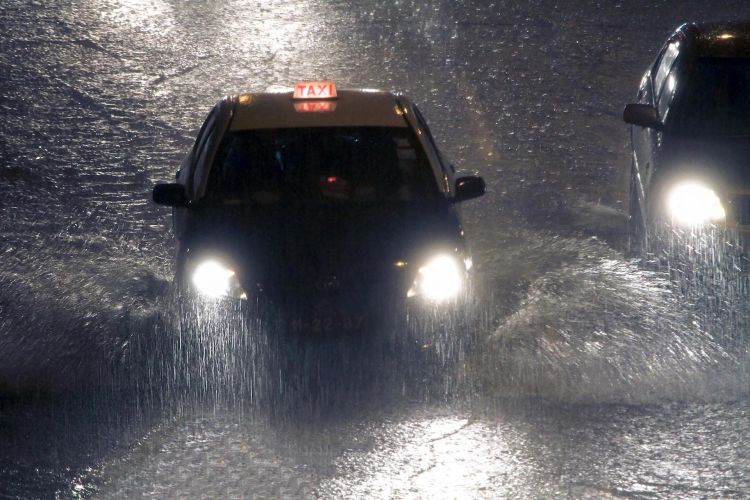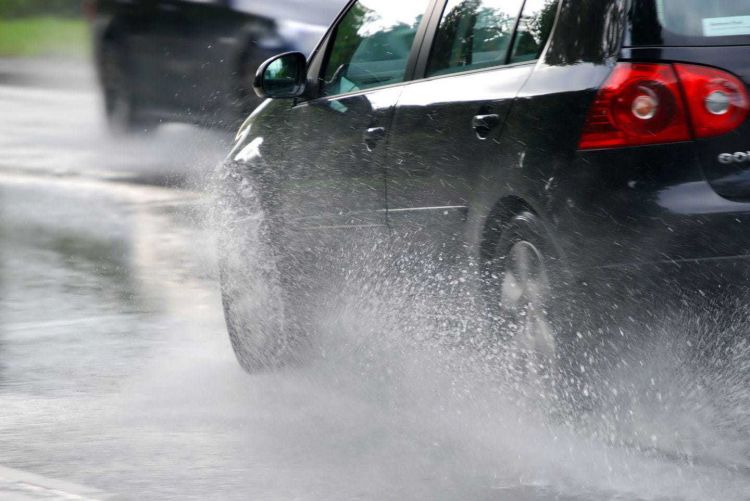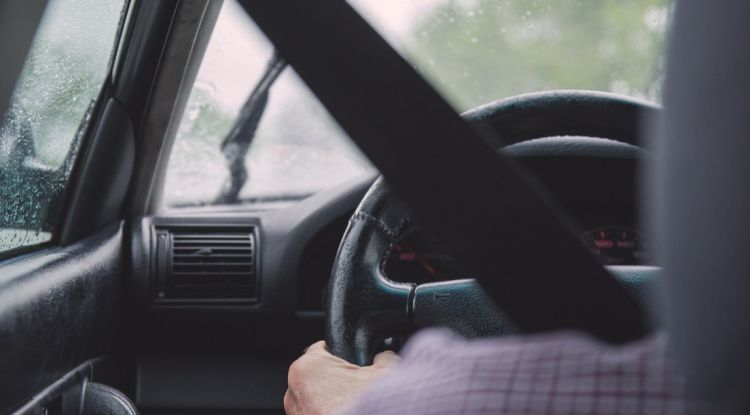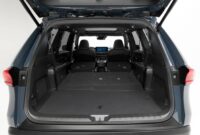A couple of data provided by the DGT. The first: in Spain, rain is the most frequent meteorological phenomenon during the winter. The second: when it rains, the risk of having an accident is up to 70% higher. The combination of both can give rise to situations as dangerous as the aquaplaning. We have to act calmly, but sometimes it’s difficult to control our nerves: even more so when we don’t know if our driving is adequate. These are the three mistakes you should not make.
First, let’s remember what aquaplaning is to understand what happens to our car in this situation and what we should do or not do. aquaplaning occurs when tires lose their grip because its tread is worn, its pressure is below the indicated parameters, due to inadequate speed or excess water.
This cause is the most frequent, combined with one of the above: the tires cannot evacuate the sufficient amount of water, they lose grip and the car floats Aquaplaning is one of the most dangerous phenomena that can be experienced behind the wheel.
Three mistakes you should not make when you suffer aquaplaning
In an ideal scenario, the asphalt would drain the water coming from the rain to avoid the formation of puddles and rafts on the road or, even, it would prevent the flooding of the road in the most extreme case. as drivers We cannot control the state of the pavement, but we can know everything that should not be done when our car is a victim of aquaplaning.
1. Do not speed up
Don’t try to get over that raft or that puddle as fast as possible: it may seem like a good idea, but it’s not. When it rains, the speed of the vehicle must be adapted to the circumstances by reducing the pace: especially in areas where water has accumulated because, as the DGT recalls, Speed is one of the factors that causes aquaplaning.
If we have not been able to avoid it, we will have to Gradually lift your foot off the accelerator. In this way, we give the tires more time to continue expelling the water and regain traction as soon as possible.
2. Firmness for the steering wheel
If you have noticed, we have explained to you that when our car suffers aquaplaning, we must release the accelerator little by little: sudden movements are completely ruled out. And this includes the steering wheel: you have to hold it firmly to maintain control of the car and prevent it from losing its trajectory.
3. Don’t contravene
When our vehicle loses grip due to aquaplaning, counter-steering is completely prohibited because, with this movement, the only thing you are going to achieve is alter car weights causing a lack of control. Furthermore, both in this case and in the previous one, we will play against the tyres, since they will take longer to regain grip.
The #aquaplaning 💦 🚗 occurs when there is water on the road and the tire loses grip and slides.
To avoid it👇
▶️ Check your tires, the more wear or lack of pressure, the more risk. ▶️ Slow down.
If it occurs, follow these tips 👇 pic.twitter.com/NtJB9wB6ML
— Dir. Gral. Tráfico (@DGTes) September 14, 2021
When we have overcome the aquaplaning episode, we will only have to correct the trajectory gently because everything will be under our control again.
Bonus: don’t forget the tires
Remember the DGT that the best way to avoid aquaplaning is with a prevention exercise. Or what is the same: Carry out proper tire maintenance. Something that will not take you long because it will be enough to take a look at the tread so that it is not less than the legal limit (1.6 millimeters) because the more tread it has, the more water it can evacuate and check the pressure once or twice per month (if it is below that indicated by the manufacturer, the risk of suffering aquaplaning is greater). Keep in mind that the poor condition of the tires causes 30% of accidents in winter.







